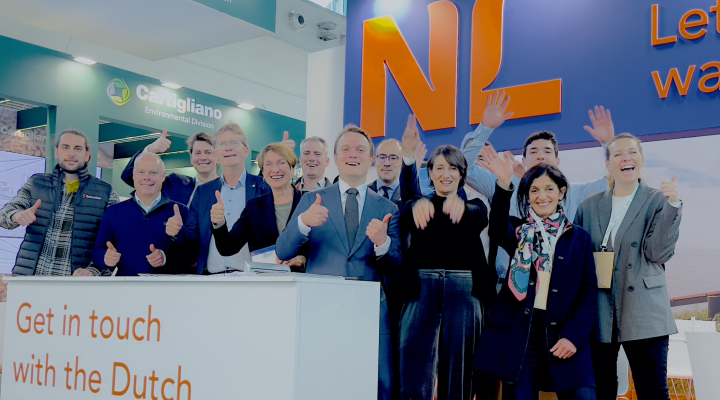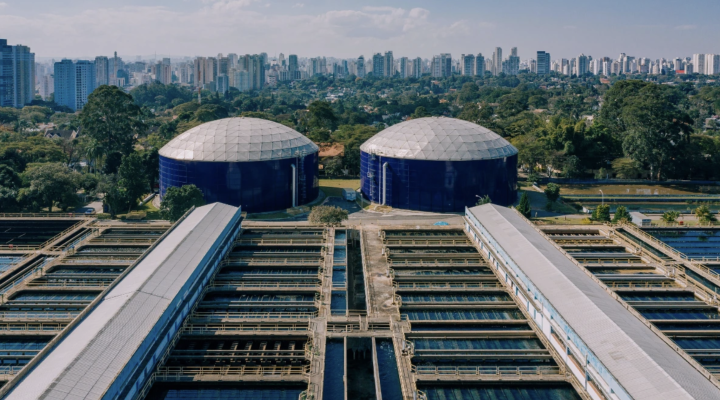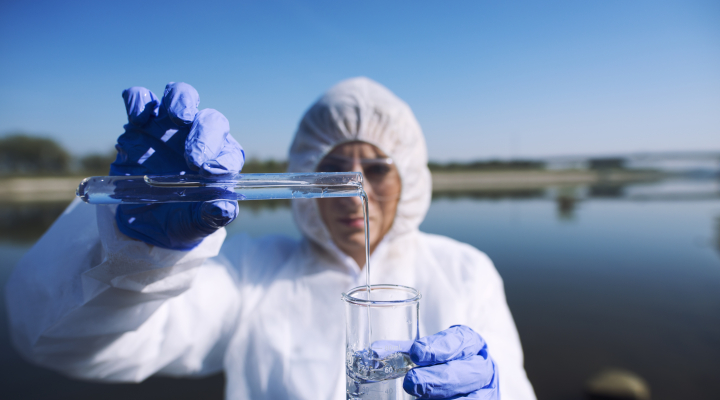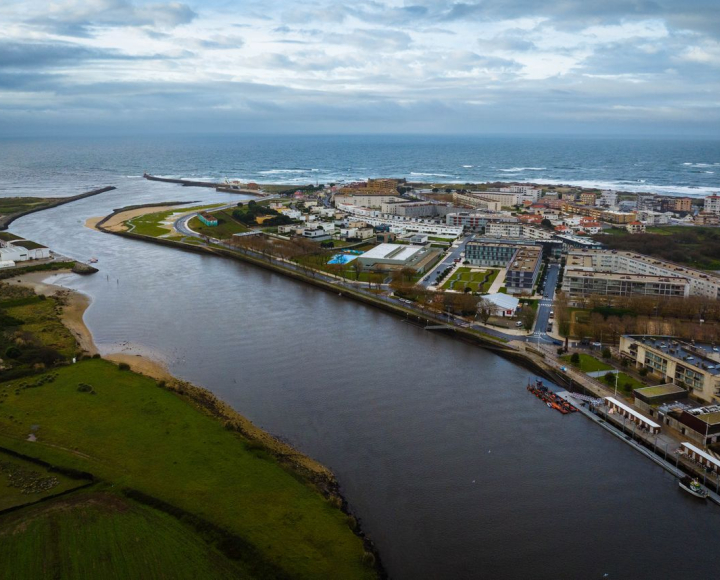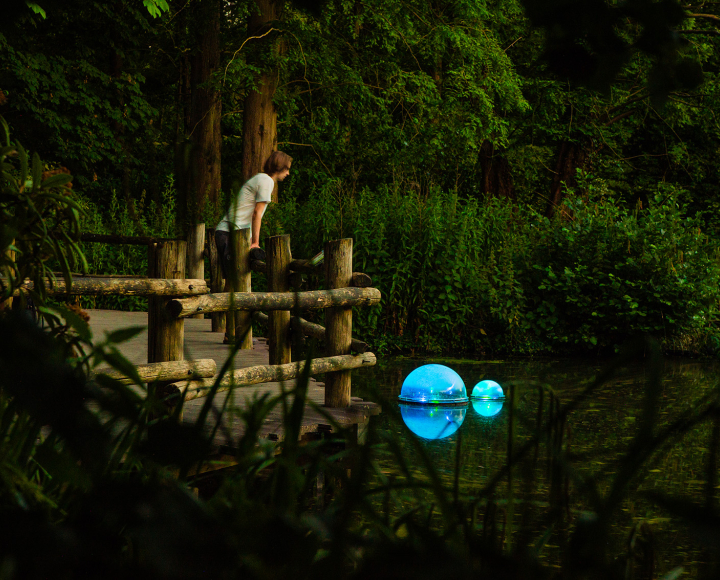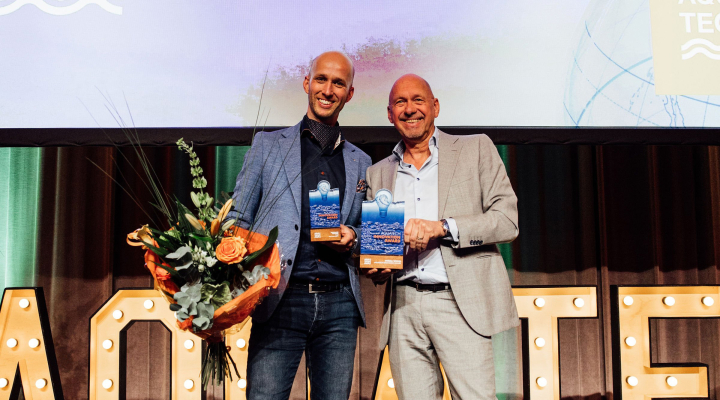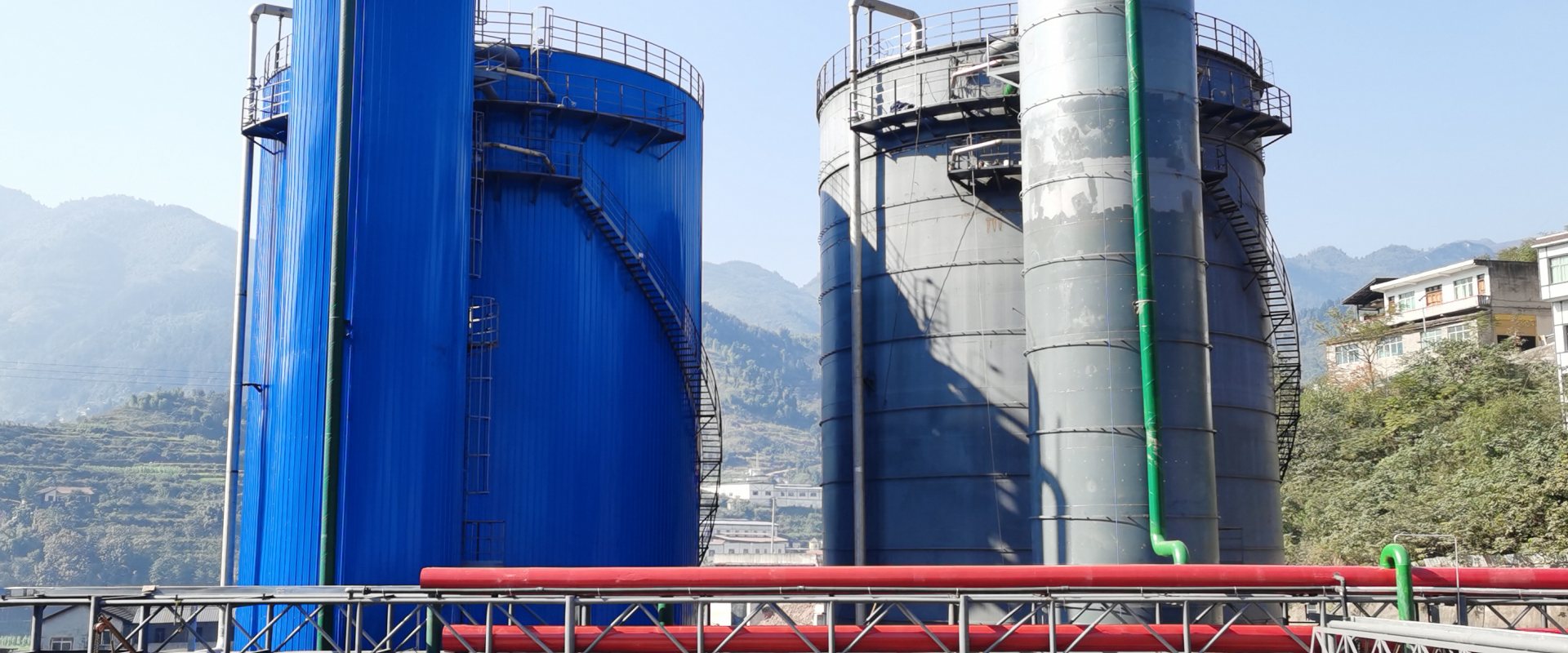
Start-up ‘wide body’ waste water treatment for Chinese liquor producers
HydroThane has been contracted for the delivery of two ‘wide body’ reactors for the waste water treatment of several producers of the famous Baijiou liquor in the city of Maotai, China.
Construction of the whole anaerobic ECSB-plant is about to be completed early this year.
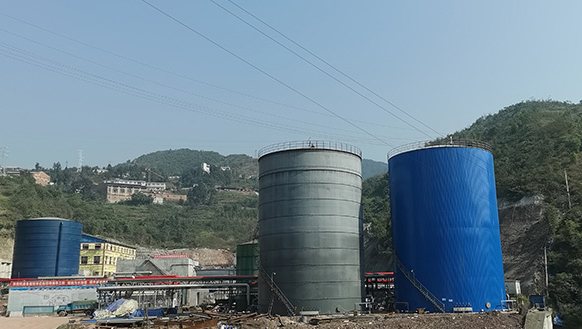

Famous liquor
Maotai town in Guizhou province China, is famous for its Baijiu, a Chinese clear, colourless liquor usually distilled from fermented sorghum grains.
Like champaign in France, the production of Baijiu links to the location of its origin. In this case Maotai. Here the top producers are located, next to a large amount of smaller wineries that produce and sell Maotai-flavoured liquor.
Maotai is located on the banks of the Chishui River that is under strong supervision by the Chinese government.
For the construction of a joined waste water treatment plant this implied the highest quality requirements for the effluent discharge.
First reactor operational
Due to the progressive and proven Dutch experience in treating industrial waste water, HydroThane was awarded for this project, supplying two of its STP External Circular System Bed (ECSB) reactors, built in two stages.
The construction of the first reactor was accomplished in October 2020, this reactor has already been started-up and the second reactor will be commissioned in the first part of 2021.
Once completed the waste water treatment plant will have a daily capacity of 15,000 cubic metre of organic wastewater.
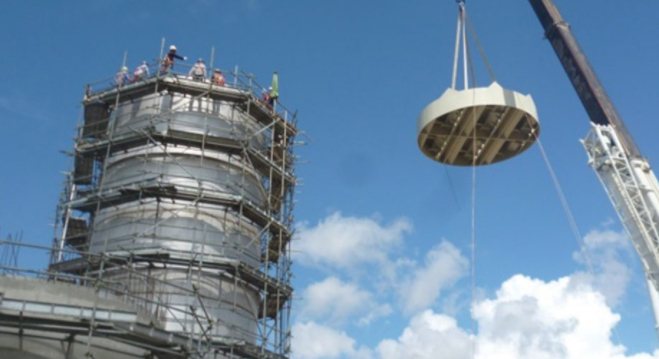

Wide body
This high capacity of the reactors is possible because of the 16.22 meter diameter. Whereas standard anaerobic reactors have a diameter of 12 meter, HydroThane optimized its ECSB technology to keep the high rate treatment in a ‘wide body’ reactor.
With its special designed internals and influent distribution system, HydroThane can fill the entire surface of the reactor and keep the ‘floor of the reactor equally flooded’.
This prevents the creation of dead zones where bacteria and water hardly come together and no removal of organic waste occurs.
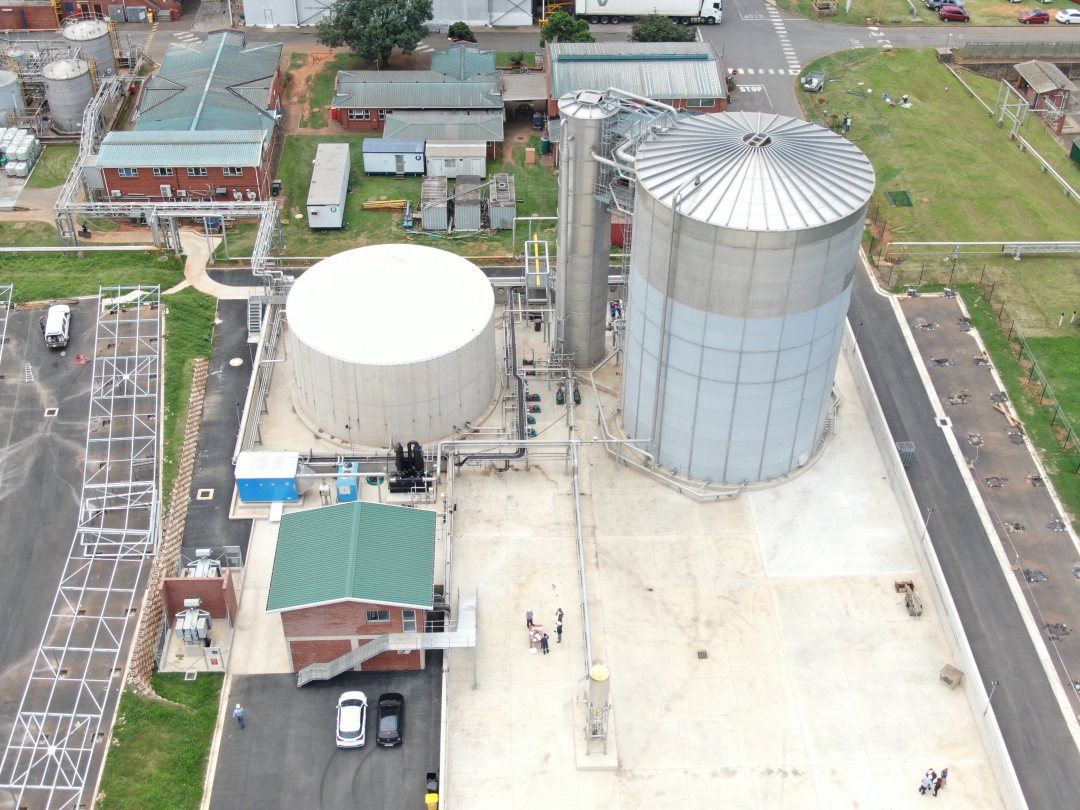

Increasing demand
Recently, HydroThane has seen demand increasing for these XL ECSB high rate anaerobic reactors.
Last December, a similar large single tank reactor, also with a 16,22 m diameter has been delivered to Anchor Yeast in Africa. The installation has a liquid volume of 4500 m3.
The produced biogas is treated in a scrubber where more than 99 percent of the H2S content is removed. This allows Anchor Yeast to sell the biogas to its steam supplier, resulting in a lower steam price. Besides the biogas profit, Anchor Yeast is also working on another source of income from the generated surplus biomass in the ECSB reactor.
CEO Daniel Piet at HydroThane explains the success of these ‘wide body’ ECSB-reactors for waste water treatment. ‘With these large high-rate systems, an enormous number of parameters have to be taken into account, each of which can put pressure on the durability and manageability of the system.’
Piet emphasises the importance of the design: ‘Thanks to many years of technological, biological and hands-on experience, we are able to accurately design, build and operate these large type of high rate reactors - and this is reflected in the demand for these systems in the market’.




